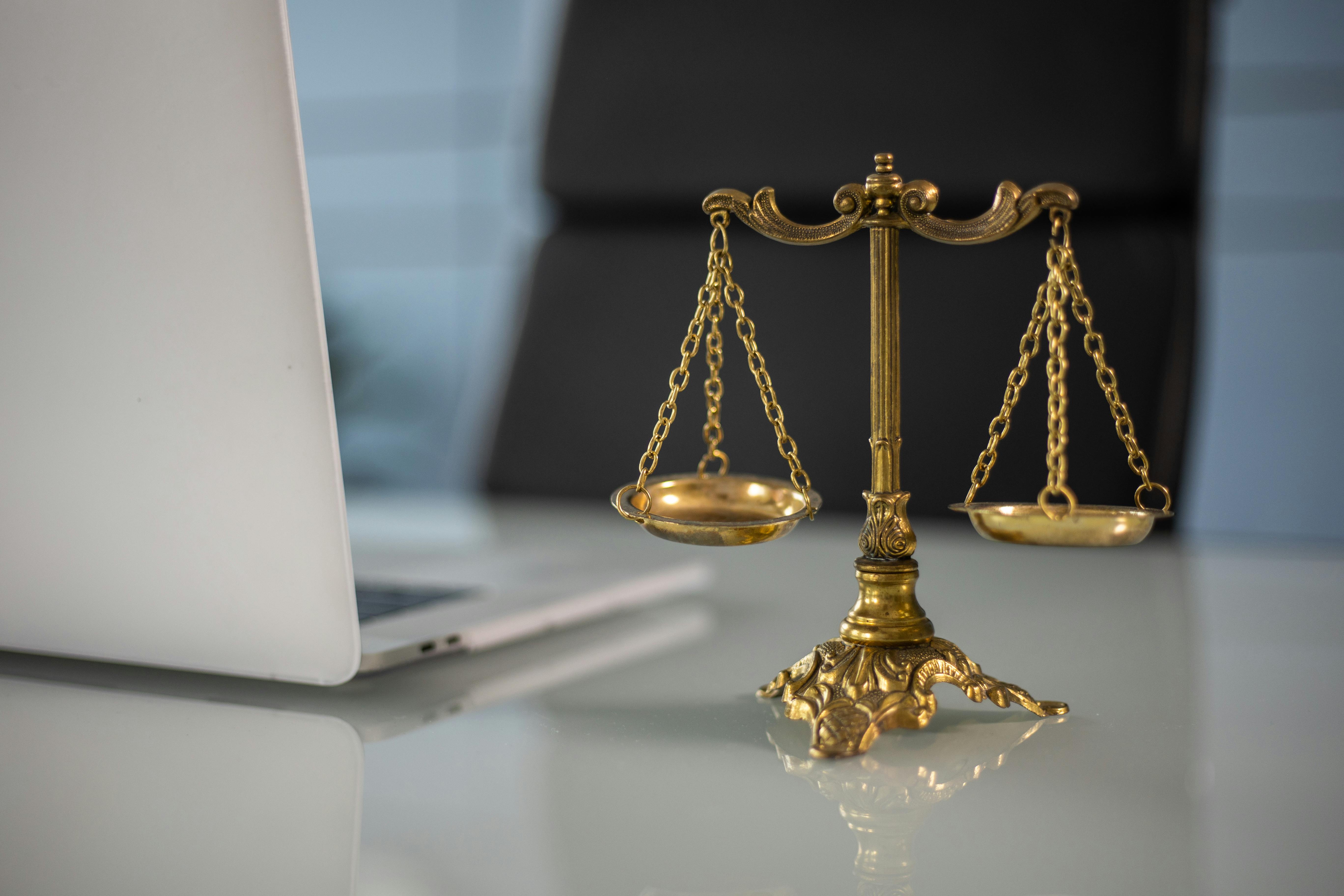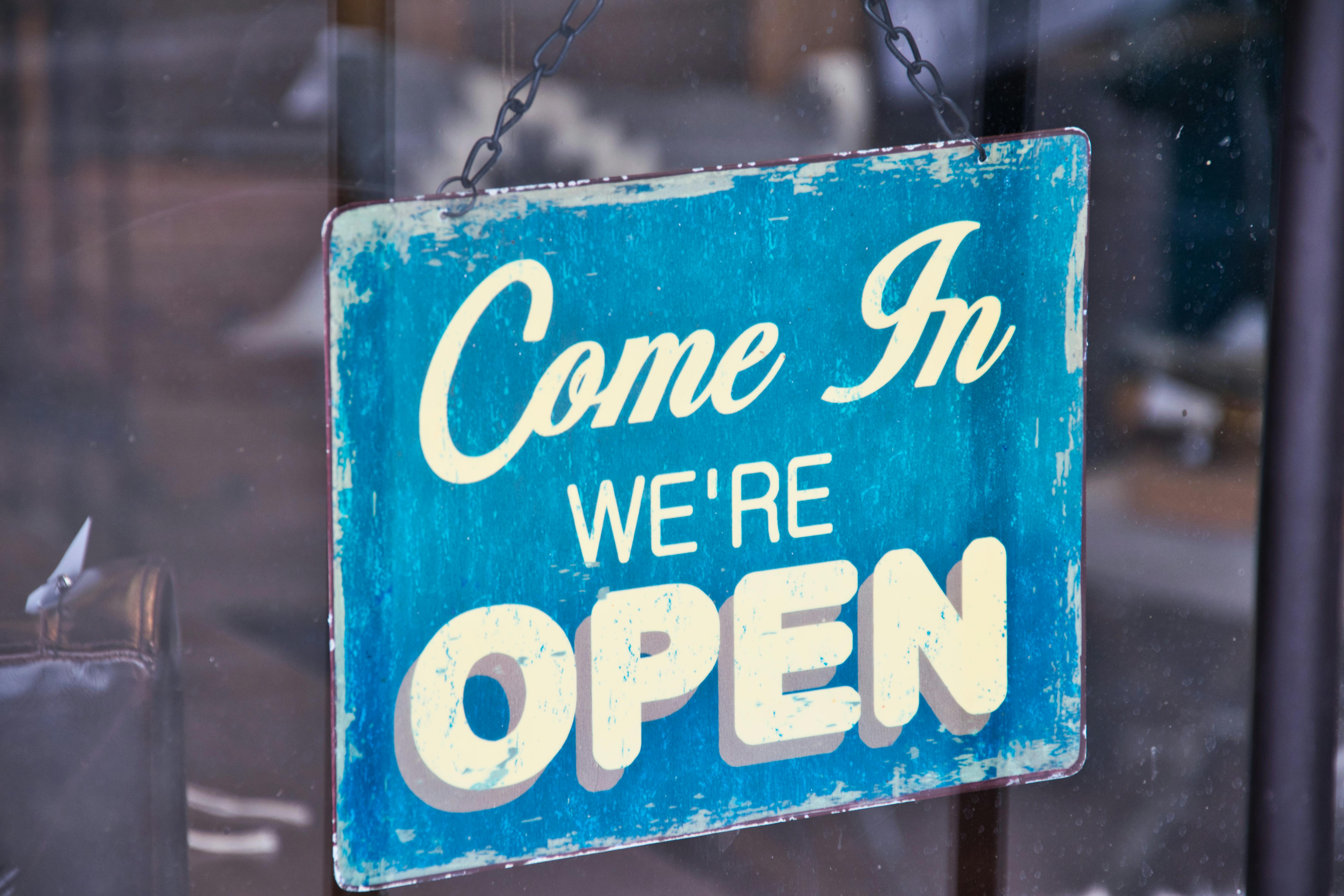Customer vs. Consumer: How Are They Different?

September 25, 2025

You may have heard “customer” and “consumer” thrown around interchangeably. But as an entrepreneur (or an aspiring one), you should know they’re really not the same thing. Although the differences are subtle, they are significant, and understanding them can have a big impact on your business decision-making.
A customer is who buys your product or service, while a consumer is who uses or consumes it. Why does this distinction matter for your small business? Because people buy things for someone else to use all the time. Understanding the difference between your customers and your consumers can make all the difference in your marketing, product development, and sales strategies.
What is a Customer?
A customer is the individual or entity that purchases a product or service from your business. They’re the ones who engage in the transaction, make the payment, and complete the sale. They go through the buying process, whether it’s in person or online, and are primarily concerned with price, features, payment options, delivery, and the overall purchasing experience.
Examples:
- A parent who researches and buys a toy for their child.
- A company’s IT lead or procurement team that evaluates and purchases software for their employees, such as document management software.
- A shopper who goes to the grocery store and buys ingredients to cook a meal at a friend’s house.
What is a Consumer?
A consumer is the end-user of your product or service. They’re the ones who experience your product or service. While a consumer might also be a customer, that isn’t always the case.
Consumers’ primary focus is the experience or utility of your product since they’re the ones benefiting from or being affected by what you offer. They’re the ones who are most likely to give testimonials or referrals to support your brand’s reputation.
Examples:
- The child who plays with the toy bought by a parent.
- The employees who use the software procured by the IT lead.
- The friends who eat the meal made from the ingredients purchased by the grocery store shopper.
Key Differences
There are three key differences between a customer and a consumer, and understanding them is where the real strategic value lies for your small business.
Role:
- A customer is the buyer. They’re focused on the transaction itself, including the price, the specific features listed, the convenience of the purchase, and the overall buying experience.
- A consumer is the user. They’re focused on the utility, performance, and overall experience with the product or service.
Decision-making:
- A customer’s decisions are heavily influenced by factors like their budget, promotions, the value for their money, and the convenience of the purchase process.
- The consumer is shaped by personal needs, how easy and enjoyable the product is to use, and its quality.
Relationship to your business:
- You have a transactional relationship with your customer.
- You have an experiential relationship with your consumer.
Yes, in many cases, the customer and consumer are the same person. There is plenty of overlap, so it can be effective to consider both in your product development, marketing, and sales strategies. Some key times that they’re different are with gifts, B2B sales, and household purchases for a family.
Why Differences Matter
Understanding the difference between customer vs. consumer matters in several key ways. Failing to grasp the distinction can lead to misdirected efforts and missed opportunities. Some key areas to focus on include:
- Targeted marketing and advertising: Customer-focused messaging campaigns may be more focused on deals, payment options, shipping speed, or the ease of purchase. Consumer-focused messaging should focus on how your product solves problems, can improve lives, provides enjoyment, or offers a unique experience.
- Product development and innovation: Customer preferences are centered around aspects like packaging, pricing tiers, and distribution channels. Consumers are interested in features and design to solve problems or improve their lives in some way.
- Sales strategy: It’s crucial to understand the difference so that you can tailor sales pitches to address the specific concerns of the buyer (customer) or the consumer (user). For instance, software salespeople frequently pitch customers by focusing on benefits for the consumers, which are the employees.
- Customer service and support: Customers and consumers have different issues. Customers may be more concerned about transactional issues like order tracking, while consumers are more concerned about technical or usage support, or processing returns.
FAQs
Knowing the difference helps you target your operational strategy more effectively. You can create better-aligned sales and marketing messages, draw better data insights, provide better customer support, and more. This leads to more efficient spending and better results.
They are often the same person. In many transactions, the person who buys a product is also the one who uses it.
Understanding the consumer’s needs is crucial for designing and improving your product because they are the ones who will actually use it. Their feedback on usability, features, and overall experience is invaluable. Meanwhile, understanding the customer’s preferences can influence things like packaging, pricing models, and how the product is distributed, ensuring it’s appealing to the buyer.
Take a look at our news on Business Essentials

 by Shanel Pouatcha
by Shanel Pouatcha

 by Nick Perry
by Nick Perry

 by Shanel Pouatcha
by Shanel Pouatcha

 by Nick Perry
by Nick Perry

 by Nick Perry
by Nick Perry

 by Nick Perry
by Nick Perry

 by Nick Perry
by Nick Perry

 by Nick Perry
by Nick Perry

 by Natalia Finnis-Smart
by Natalia Finnis-Smart

 by Shanel Pouatcha
by Shanel Pouatcha

 by Natalia Finnis-Smart
by Natalia Finnis-Smart

 by Nick Perry
by Nick Perry